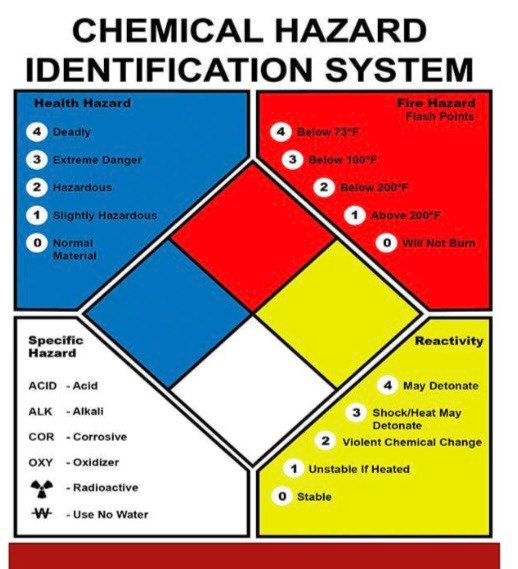Study Set Content:
Good Housekeeping Practices:
Keep area of work clear of chemicals, dirty instruments or glassware.
Store chemicals or specimens properly.
Properly label reagents and solutions.
Place warning signs. (e.g. explosive hazard/explosion risk/Biohazard)
Good Laboratory Techniques
Be careful when transferring chemicals from one container to another, and always ADD ACIDS to WATER slowly, and do not add water to acids.
Do not operate new or unfamiliar equipment until you are supervised and trained to be authorized to do so.
Read all labels and instructions carefully.
Use the proper Personal Safety Equipment (PSE/PPE) that is provided.
For the safe handling, use and disposal or chemicals or specimens, learn their properties and potential hazards.
Learn emergency procedures in case of accidents or emergencies (fire, spills, injury) and become familiar with the location of fire exits, fire extinguishers, fire blankets and eye wash stations.
General rules that should be strictly followed in the laboratory:
1) Gloves must be worn when handling biological specimens
2) Areas or equipment used by personnel who are not gloved should not be touched with contaminated gloves.
3) Washing of hands
4) DO NOT remove specimen tube stoppers until necessary
5) Mouth pipetting is strictly prohibited.
6) Replace clay slabs for microhematocrit tube sealing frequently.
7) Decontaminate sedimentation tube racks regularly and do so immediately if a leak occurs.
8) Unfixed or unstained slides should be considered infectious
9) DO NOT HANDLE NEEDLES:
10) Obtain immediate treatment for accidental and inappropriate contact with biohazards.
11) Properly dispose of contaminated laboratory supplies.
12) Disinfect and clean biohazardous spills immediately.
13) Protective clothing should always be worn inside the laboratory but never outside the laboratory (PPE).
One of the most common accidents leading to transmission of infectious diseases
needle pricks
Needles should be disposed of without recapping, bending, removing or cutting the needle. They should be disposed in rigid puncture-resistant containers clearly marked as biohazardous, they should be carried on a collection tray.
Select the Correct Answer:
Any accidents that results in inappropriate contact with a patient specimen ( e. g. contamination via skin cuts or needle puncture/prick to the skin) must be reported immediately to
the supervisor
Properly dispose of contaminated laboratory supplies
- All laboratory supplies such as garbage, tissues, work mats or Pasteur pipets, that come in contact with patient specimens must be disposed of properly as biohazardous waste.
- All contaminated supplies may be incinerated or autoclaved prior to being discarded.
- Non-disposable pipets used to measure or dilute blood should be disinfected using a solution such as 1:100 dilution of household bleach before being washed with glassware detergent.
Appropriate steps for decontamination and disinfection of spills involving biohazard materials.
1) Put on heavy weight puncture-resistant utility gloves, a gown, and if necessary water-impermeable shoes.
2) Remove ang sharp broken objects without touching them by using rigid sheets of cardboard to scrape them up. Discard cardboard with broken objects in puncture-resistant biohazard container or receptacles.
3) Absorb the spill with disposable absorbent material (e.g. paper towels, gauze pads or tissue paper wipes). Dispose of contaminated materials in biohazardous waste bin.
4) Clean spill site of all visible spilled materials using any aqueous household detergent. This dilutes spilled materials, lysis erythrocytes and removes proteins.
5) Disinfect spill site using intermediate to high level hospital disinfectant such as a dilution of household bleach. Flood spill site or wipe down with disposable towels soaked in disinfectants to make site glistening wet. Phenolic disinfectants are acceptable for use on laboratory instruments, floors or countertops.
6) Absorb disinfectant with disposable material or allow disinfectant to dry.
7) Rinse all spill site with water to remove odors, dry spill site to prevent slipping. 8) Dispose of all contaminated materials used in cleaning process in a biohazard container.
Federal law standards are available for all types of chemical waste disposal
Select the Correct Answer:
are caused by inappropriate use or maintenance of electrical instruments or equipment that can cause electrical shock, burns, fire or explosions.
Electrical hazards
Safe Use of electrical equipment:
-Proper equipment maintenance is mandatory, this maintenance includes immediate replacement of frayed wires or electrical connections of microscopes, automated cell counters, spectrophotometer, centrifuge and any other electrical laboratory equipment.
-Incase of an electrical fire, water should NEVER be used to put it out.
-You can dump baking soda (Sodium Bicarbonate, flour is not a substitute) or use a thick blanket on small electrical fires to starve it of oxygen.
-Fire extinguishers are recommended along with cutting of the main power source if an electrical fire occurs.
How to properly wash our hands
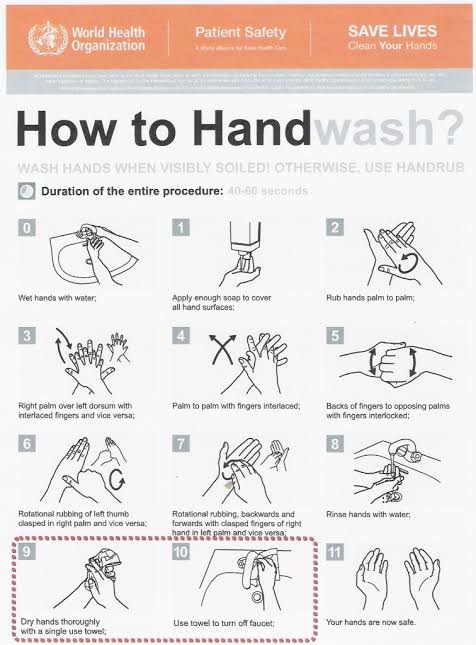
Chemical hazards
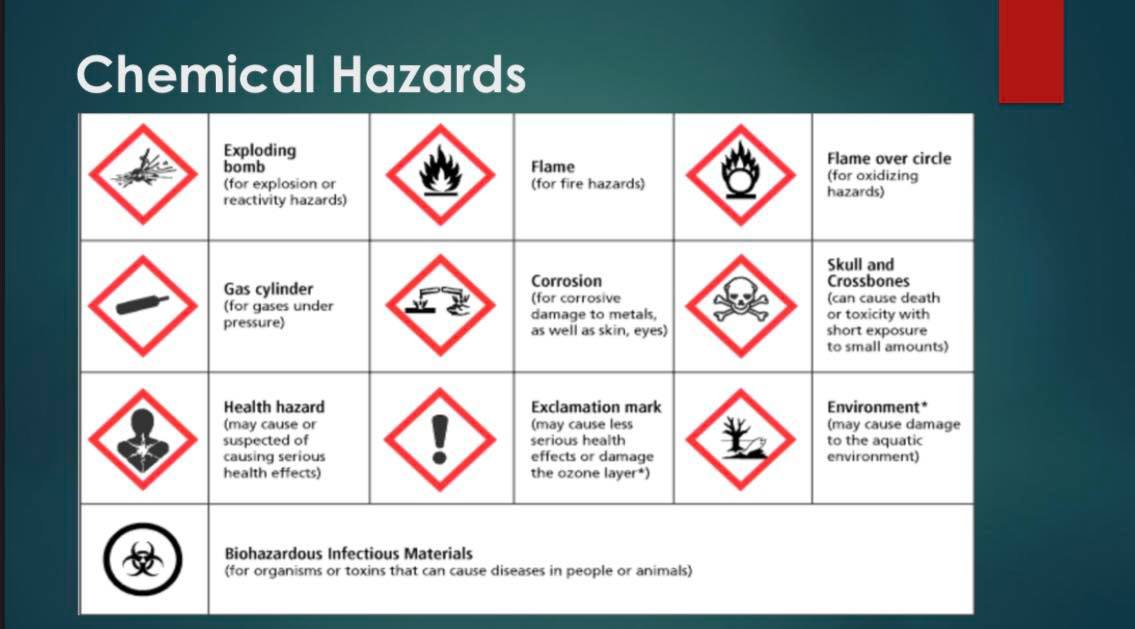
Donning and doffing
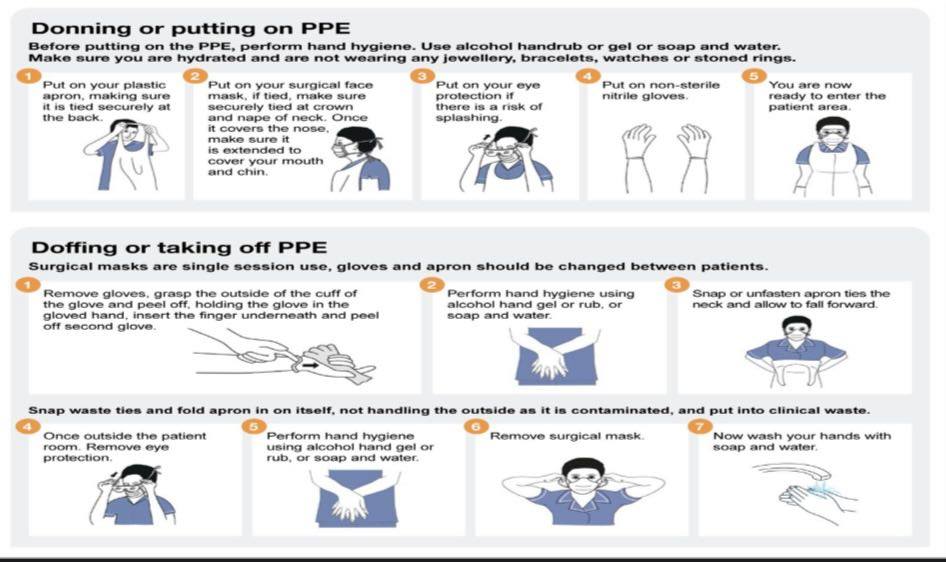
The bucket list
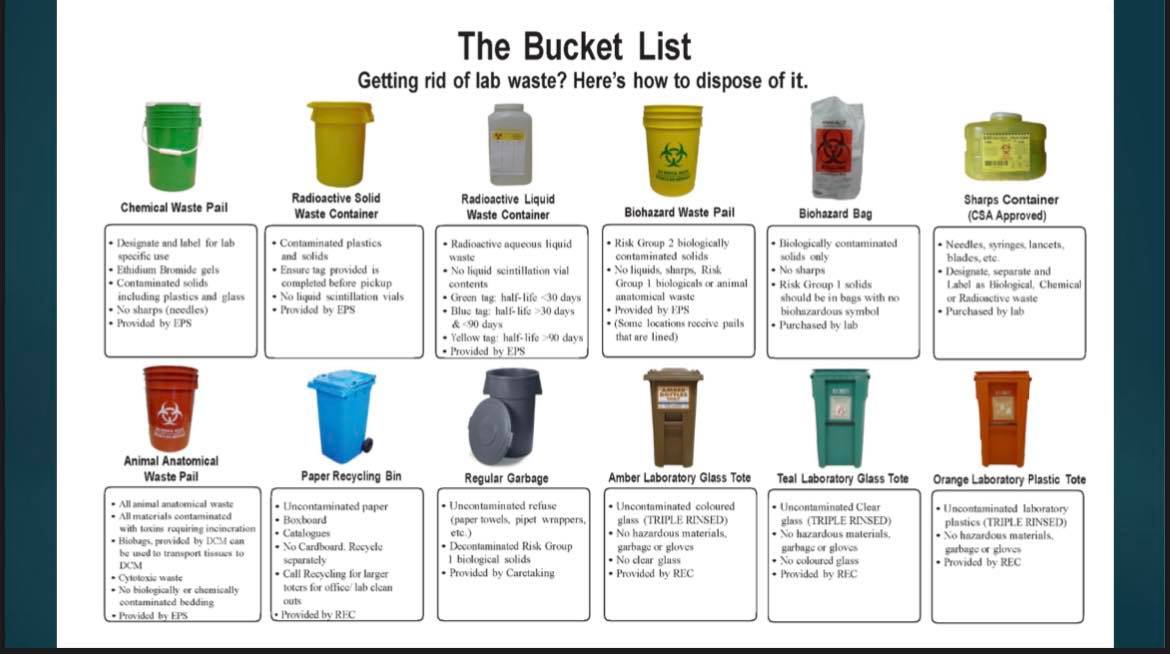
Proper disposal of sharps
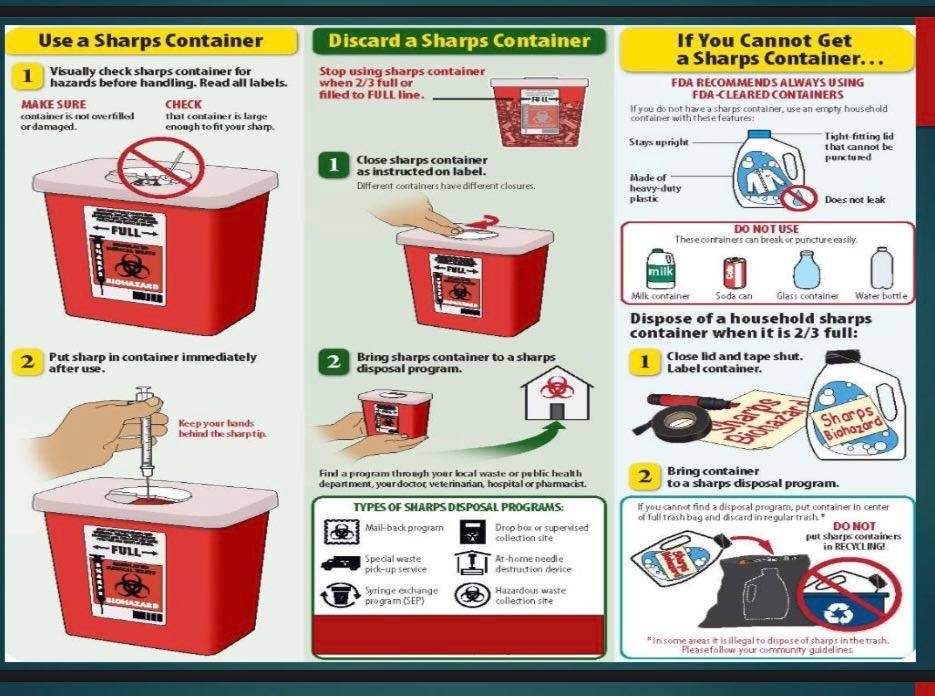
Dilutions of household bleach
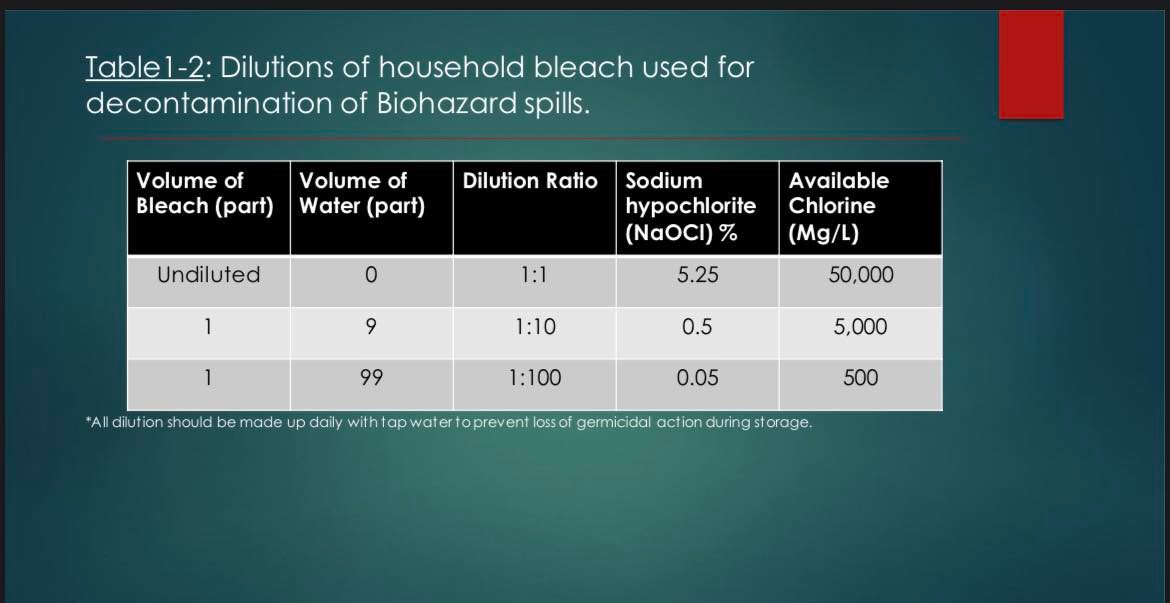
proper removal of gloves
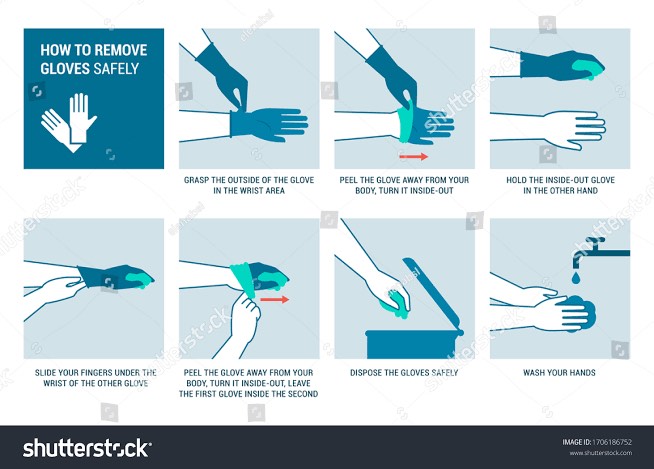
Chemical hazard identification system
